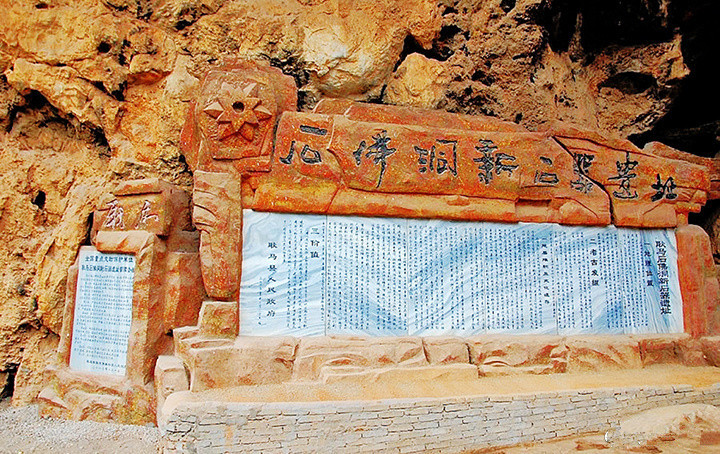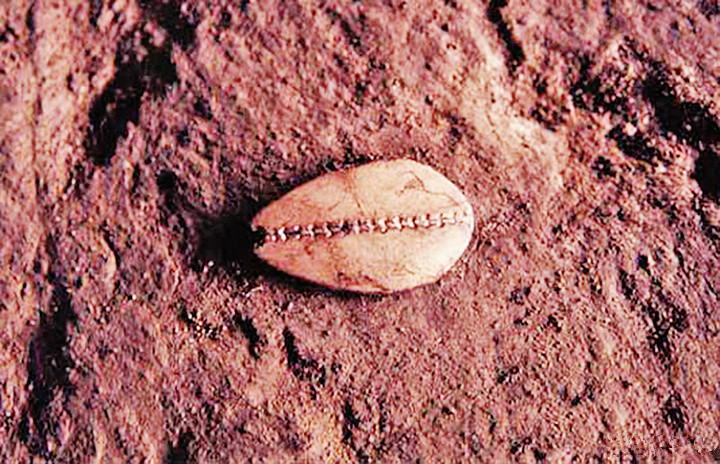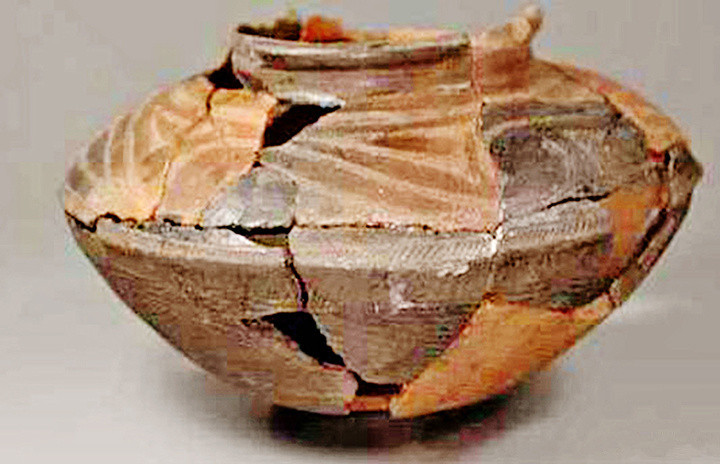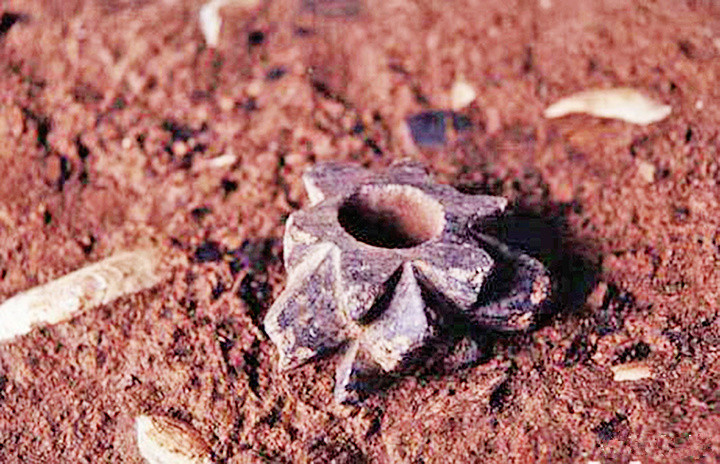
Shifodong Cave Site of Neolithic Period in Gengma County, Lincang
Introduction
The Shifodong Cave Site (耿马石佛洞遗址) is a significant Neolithic cultural site located 25 kilometers south of Gengma County (耿马县) on the banks of the Xiaohei River (小黑江). This large natural limestone cave exhibits rare evidence of habitation, with structures built inside, making it a unique find both domestically and globally. The artifacts unearthed here, such as the polygonal six-pointed star tools (多棱六星形器), six-pointed disks (六星璧), and double-winged spears (双翼矛), showcase exceptional craftsmanship that is rare in the world.
Archaeological Significance
The Shifodong Cave Site (耿马石佛洞遗址) has yielded a diverse array of artifacts, totaling over 2,000 items, including stone tools, pottery, bone implements, animal remains, charred rice, fruit pits, seeds, and human remains. The stone tools are characterized by their symmetry, regularity, smoothness, and sharpness. In addition to the polygonal six-pointed star tools, the six-pointed disks and double-winged spears reflect a high level of skill in stone tool production, indicating advanced techniques capable of creating complex, symmetrical items.
Pottery and Bone Artifacts
The pottery discovered at the site is varied and uniquely shaped, adorned with intricate decorative patterns. The polished shoulder pots (磨光折肩釜) are particularly notable, with the continuous spiral patterns being a high-value artistic creation. High-quality bone artifacts, such as bone daggers (骨匕) and fishing hooks (鱼钩), also display meticulous craftsmanship.
Site Formation
The Shifodong Cave Site (耿马石佛洞遗址) is the largest cave archaeological site in Yunnan Province (云南省) and is designated as a national cultural heritage site. The cave is expansive, with an entrance that reaches over 20 meters high and more than 50 meters wide. The cultural accumulation layer at the entrance is 3 meters thick and contains early human habitation structures. Archaeological findings suggest that the inhabitants were skilled in ox plowing, rice cultivation, and pottery firing as early as 3,000 years ago, creating one of the most advanced Neolithic cultures in Southwest China.
Recent Research
Since 2020, a multidisciplinary team from various institutions, including the Institute of Vertebrate Paleontology and Paleoanthropology of the Chinese Academy of Sciences (古脊椎所), Yunnan Provincial Institute of Cultural Relics and Archaeology (云南省文物考古研究所), and Griffith University (格里菲斯大学) in Australia, has conducted extensive studies at the site. These studies have not only restored the technological diversity of the stone products but have also reconstructed the behavioral adaptation patterns of the people in relation to their climatic and environmental backgrounds. Relevant findings were published online in January 2024 in the journal “Archaeology and Anthropology Sciences” (《考古学与人类学科学》).
How to Get There
To reach the Shifodong Cave Site (耿马石佛洞遗址), visitors can take public transportation or drive from Lincang City (临沧市) to Gengma County (耿马县). The site is accessible via local roads, and signage is available to guide visitors to the cave.
Travel Tips
- Best Time to Visit: Plan your visit during the dry season (October to April) for more comfortable weather.
- Local Guides: Consider hiring a local guide to enhance your understanding of the site’s significance and history.
- Respect the Environment: Be mindful of the ecological surroundings, as the site is home to unique flora and fauna.
- Safety Precautions: Wear appropriate footwear for cave exploration, and be cautious near the cave entrances due to uneven terrain.
The Shifodong Cave Site (耿马石佛洞遗址) is an extraordinary glimpse into the Neolithic era, showcasing the advanced skills and cultural practices of early human societies in Yunnan (云南).





 7 Days GolfingTour
7 Days GolfingTour
 8 Days Group Tour
8 Days Group Tour
 8 Days Yunnan Tour
8 Days Yunnan Tour
 7 Days Shangri La Hiking
7 Days Shangri La Hiking
 11 Days Yunnan Tour
11 Days Yunnan Tour
 6 Days Yuanyang Terraces
6 Days Yuanyang Terraces
 11 Days Yunnan Tour
11 Days Yunnan Tour
 8 Days South Yunnan
8 Days South Yunnan
 7 Days Tea Tour
7 Days Tea Tour
 8 Days Muslim Tour
8 Days Muslim Tour
 12 Days Self-Driving
12 Days Self-Driving
 4 Days Haba Climbing
4 Days Haba Climbing
 Tiger Leaping Gorge
Tiger Leaping Gorge
 Stone Forest
Stone Forest
 Yunnan-Tibet
Yunnan-Tibet
 Hani Rice Terraces
Hani Rice Terraces
 Kunming
Kunming
 Lijiang
Lijiang
 Shangri-la
Shangri-la
 Dali
Dali
 XishuangBanna
XishuangBanna
 Honghe
Honghe
 Kunming
Kunming
 Lijiang
Lijiang
 Shangri-la
Shangri-la
 Yuanyang Rice Terraces
Yuanyang Rice Terraces
 Nujiang
Nujiang
 XishuangBanna
XishuangBanna
 Spring City Golf
Spring City Golf
 Snow Mountain Golf
Snow Mountain Golf
 Stone Mountain Golf
Stone Mountain Golf


















